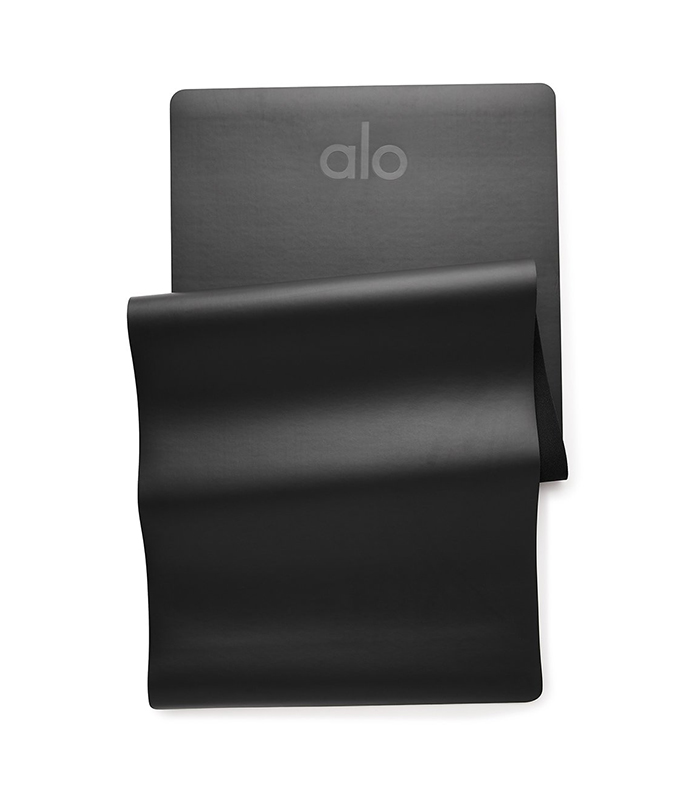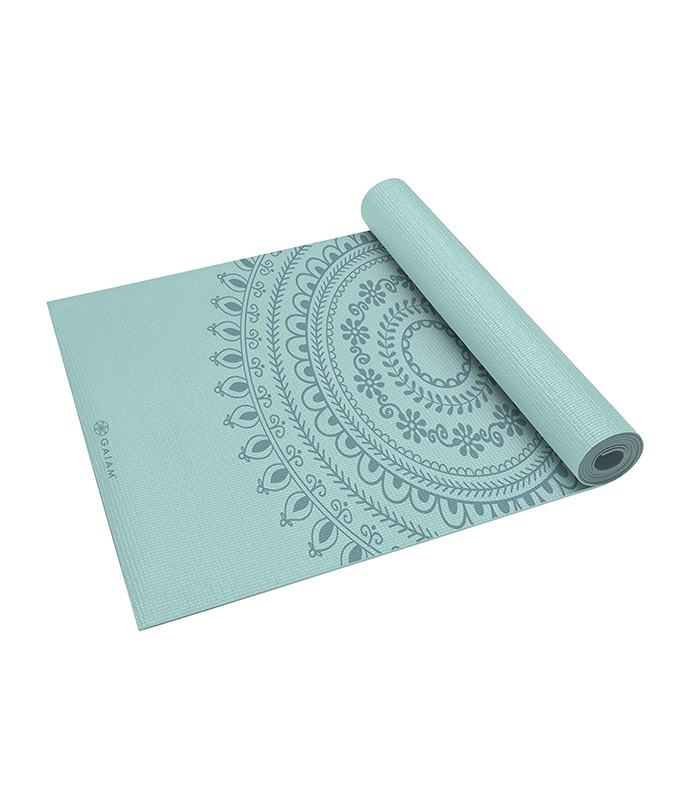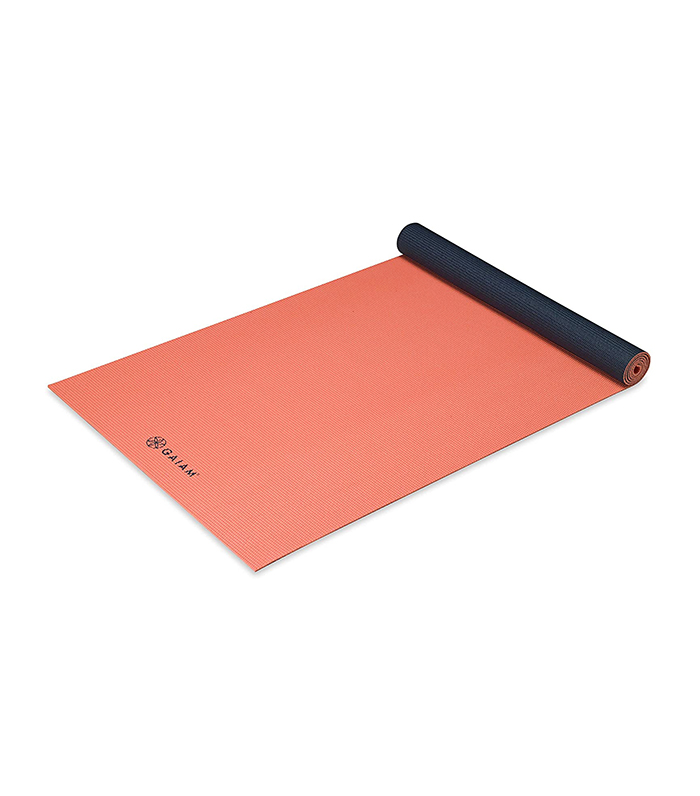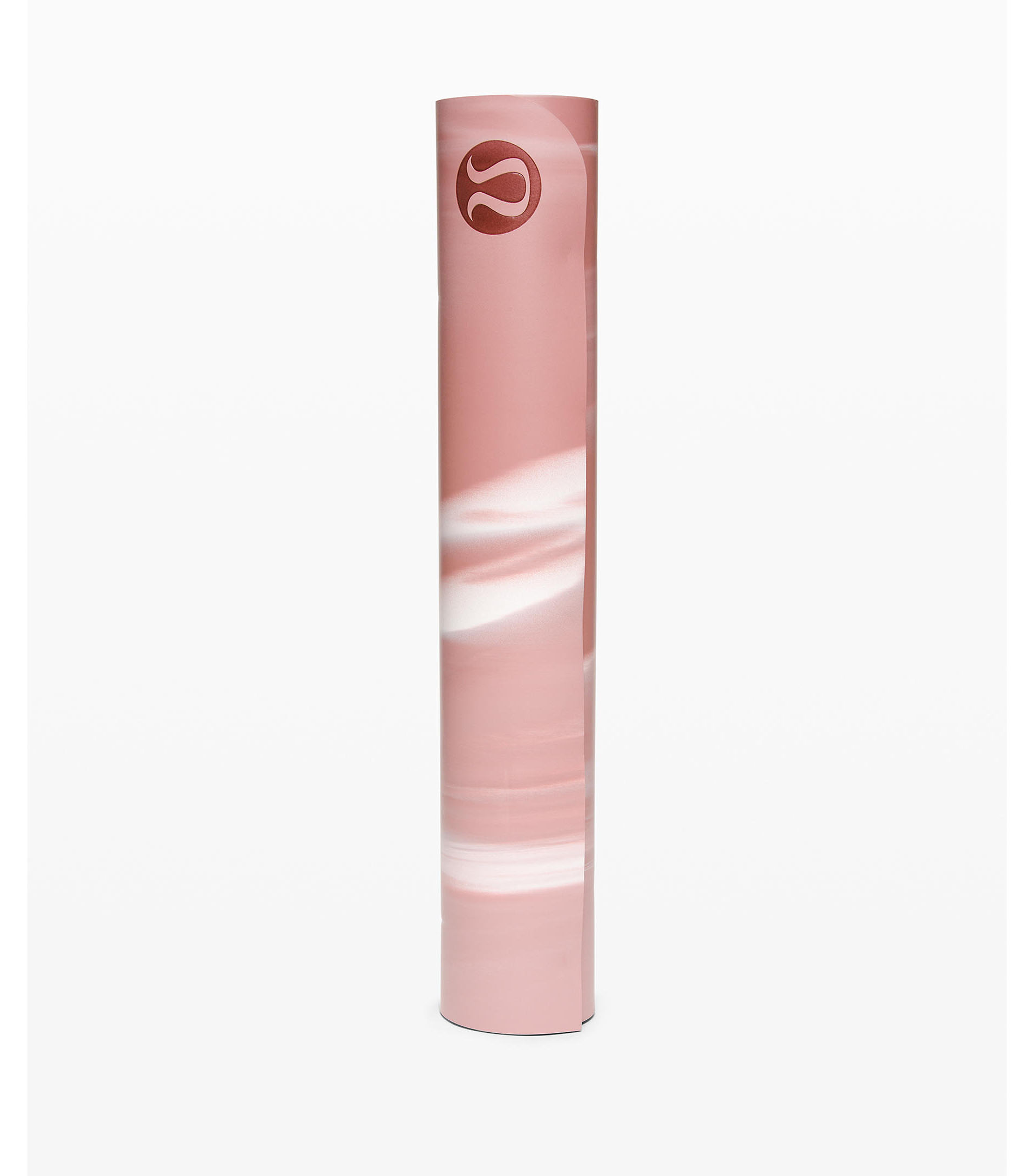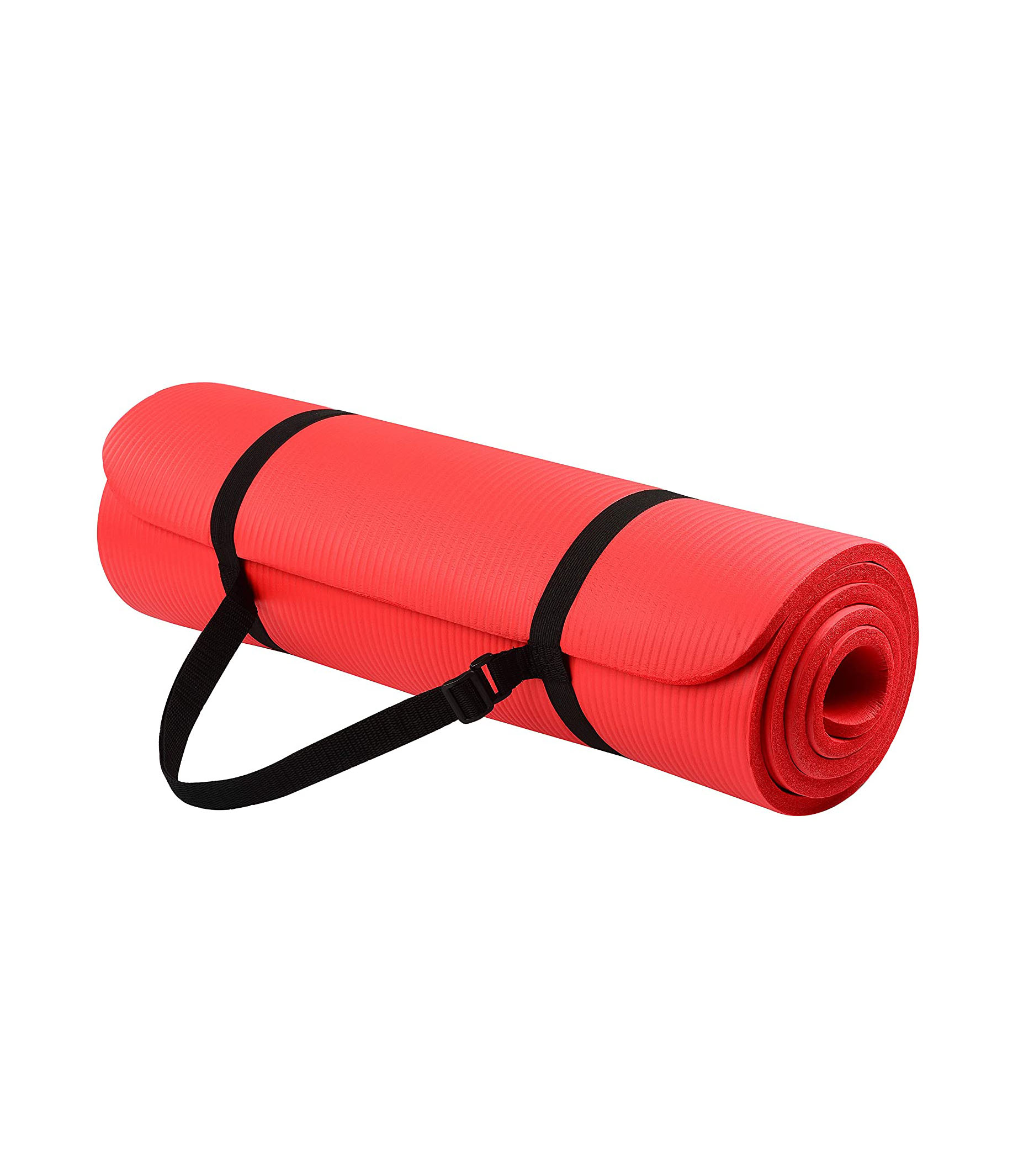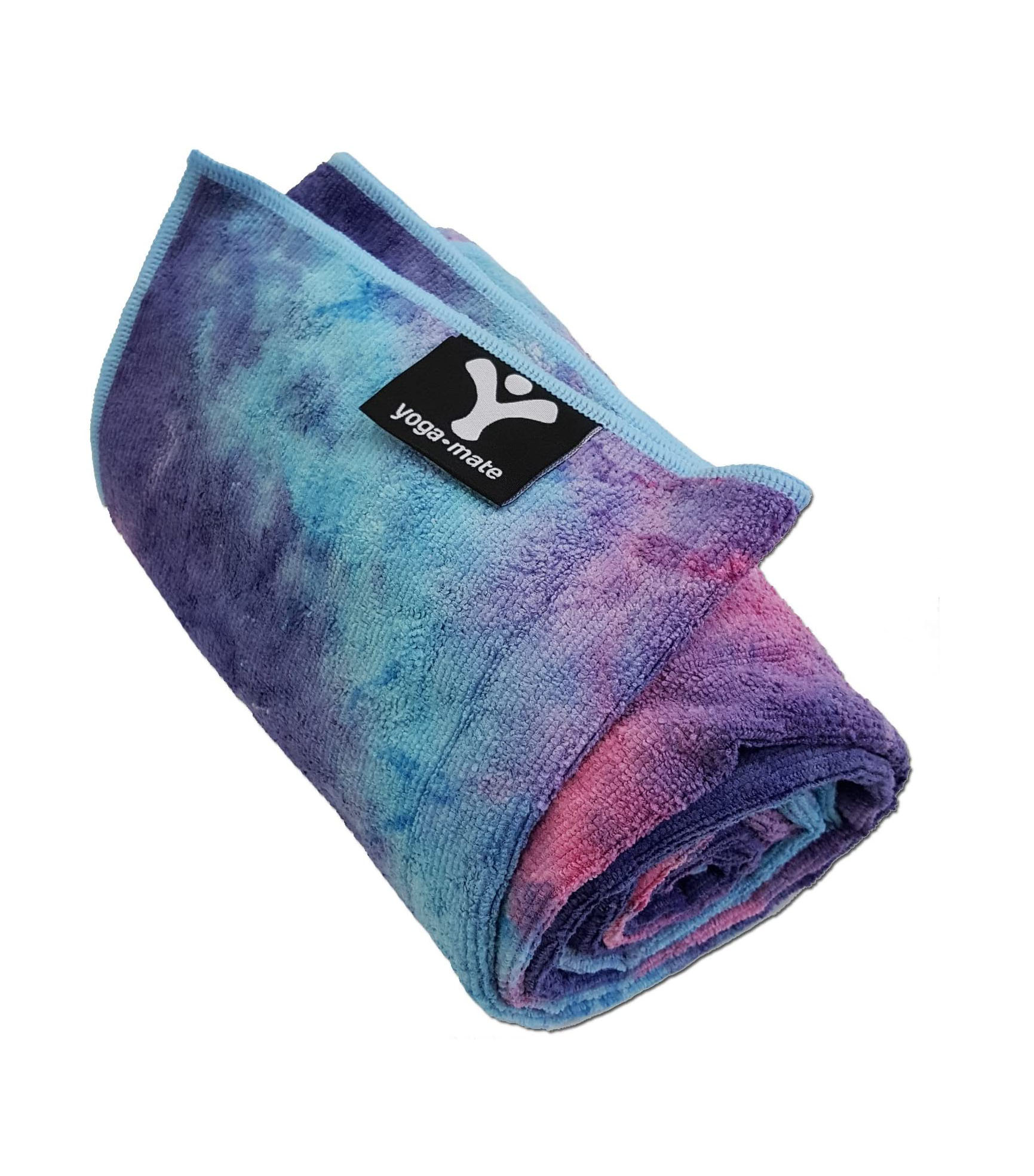A Breakdown of the 12 Most Popular Yoga Styles
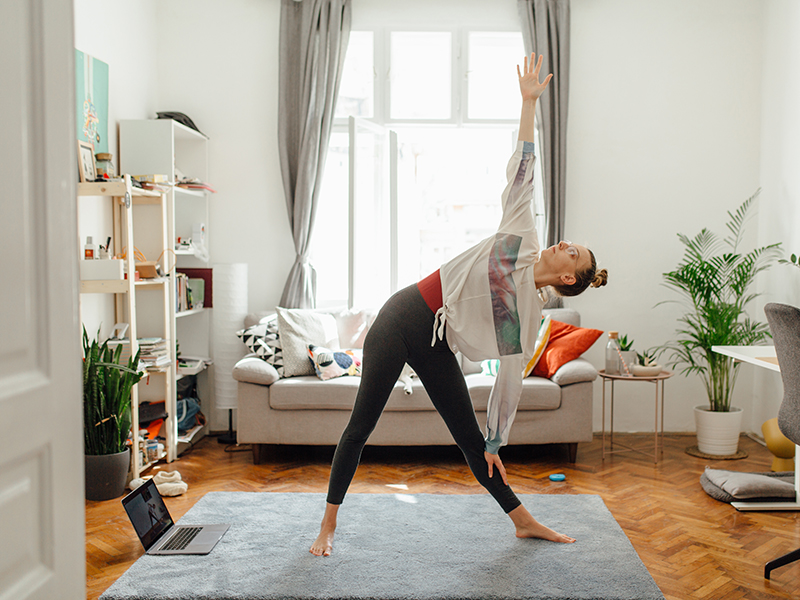
If you're not too familiar with yoga or have only practiced it a couple of times, you might think it's all about Downward Dog on the mat or bending like a pretzel or doing headstands. Some chanting could be involved, an out-of-body spiritual experience could occur. And you most likely think that all yoga sessions are pretty much the same in terms of moves and flows.
But that's far from the case. There is actually a multitude of yoga styles that focus on different principles, postures and poses, movements, and breathing techniques. And while all of those preconceived notions could happen when you take a class of one of these yoga styles, you may also have a completely different experience that makes you rethink your view of the exercise. The beauty of having so many options is that you can find a practice that really suits your goals and workout style.
To help, I asked yogis and experts to help break down 12 popular styles of yoga for us. See what they had to say below.
Hatha
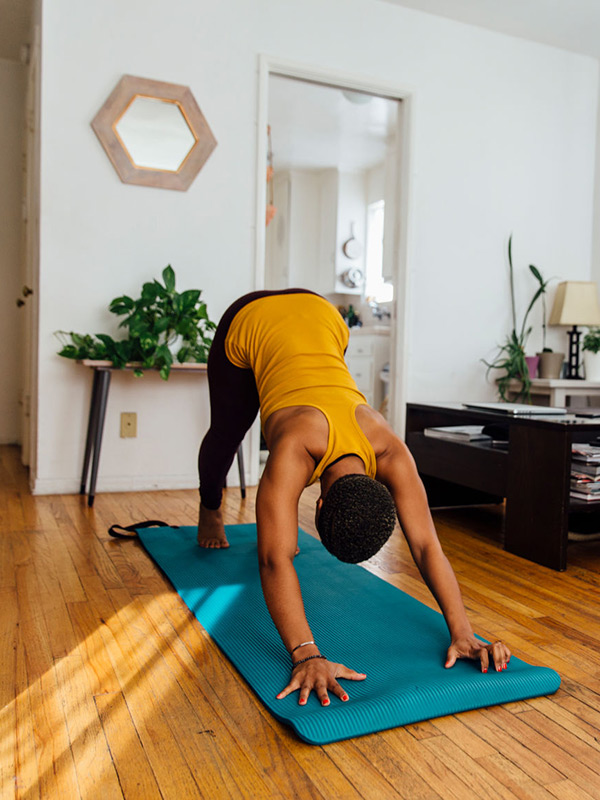
What it focuses on: "All yoga that teaches physical postures is considered hatha yoga. It is designed to align and calm our mind, body, and spirit," says Kirschen Katz, a celebrity yoga instructor whose clients include Reese Witherspoon and Laura Dern.
Common moves or flows to expect: "Joining a hatha yoga class is a wonderful way to introduce yourself to yoga and its most basic asana (poses)," Katz says. "Down Dog, Tree pose, and Pigeon pose are some of the asana you'll spend your time in. We'll also learn proper yoga breathing techniques (pranayama). We'll leave class feeling looser, longer, and relaxed."
It's good for: It's a gentle yoga practice, so it's great for beginners, but intermediate and advanced yogis will still find it challenging.
Vinyasa
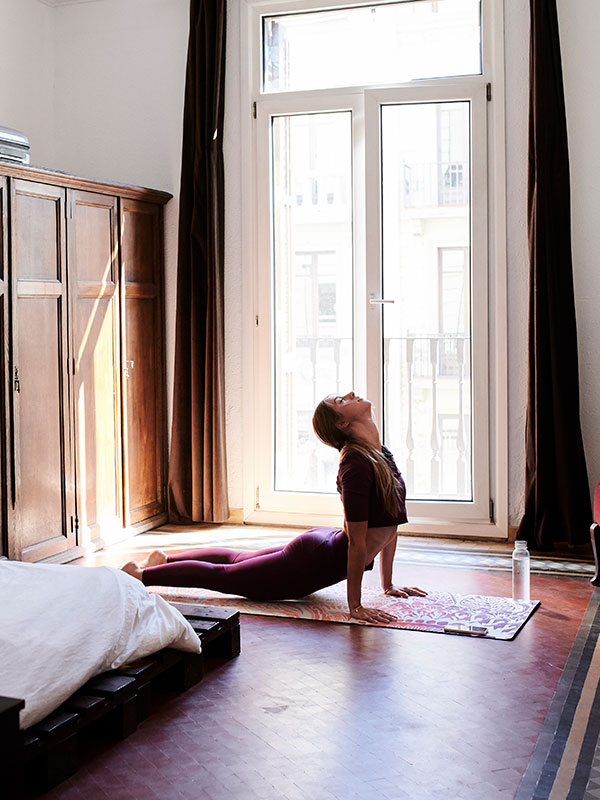
What it focuses on: "It's described as postures grouped together so that you move from one to another seamlessly while using your breath," says Nadia Murdock, a mindset and movement expert and the founder of Nadia Murdock Fit. "An intention is placed when practicing so that you move toward what is sacred or most important to you."
Common moves or flows to expect: "Moves used in this practice include Plank pose, Knees-Chest-Chin pose, and Downward Dog," Murdock says.
It's good for: It caters to all levels, Murdock says. Specifically, slow-flow vinyasa is good for beginners. But Katz says it's helpful to have an understanding of basic yoga poses and breathwork.
Ashtanga
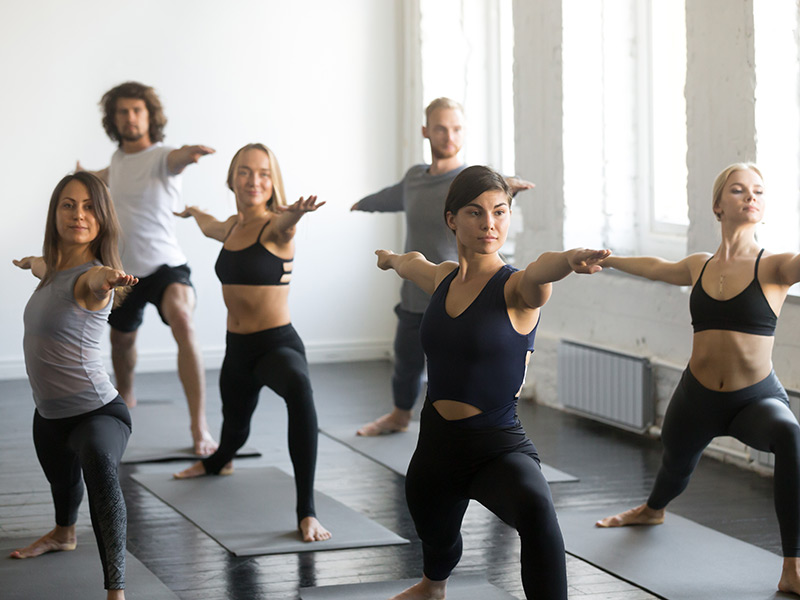
What it focuses on: "Ashtanga yoga is a rigorous practice that is similar to vinyasa yoga, synchronizing breath to movement, but with an ashtanga practice, there are six series, and the sequence of asana in each series never changes," Katz says.
Common moves or flows to expect: "We'll start with an opening mantra (sacred chant) and move into the primary series, which consists of sun salutations. Add in challenging balancing poses, twists, and backbends, and we've got ourselves one strong yoga practice," Katz says. "We'll leave our class feeling detoxified, energized, and calm." You'll also do poses like hip openers, Child's pose, and Corpse pose, Murdock adds.
It's good for: It's excellent for intermediate and advanced. Katz recommends building a safe yoga practice and learning basic postures first before trying—perhaps spending more time practicing hatha yoga.
Iyengar

What it focuses on: "This type of yoga places emphasis on precision and alignment in the performance of the postures. It's all about the details with this practice," Murdock says.
Common moves or flows to expect: "Iyengar yogis hold poses longer than usual to build stability, balance, and connectedness between the body and spirit," Katz explains. "All poses work wonderfully, just remember this is a 'low- to no-flow' practice. We'll leave our class with greater body awareness, increased flexibility, and a deeper state of bliss." And other poses you might encounter during a class are Tadasana (standing posture), Boat pose, Child's pose, Gomukhasana (Cow Face pose), Murdock adds.
It's good for: "This therapeutic style of yoga often uses props that assist in performing asana and perfect for beginning students, the elderly, or those with physical limitations," Katz says. "Also, it's excellent for teachers looking to refine their teaching skills."
Hot Yoga
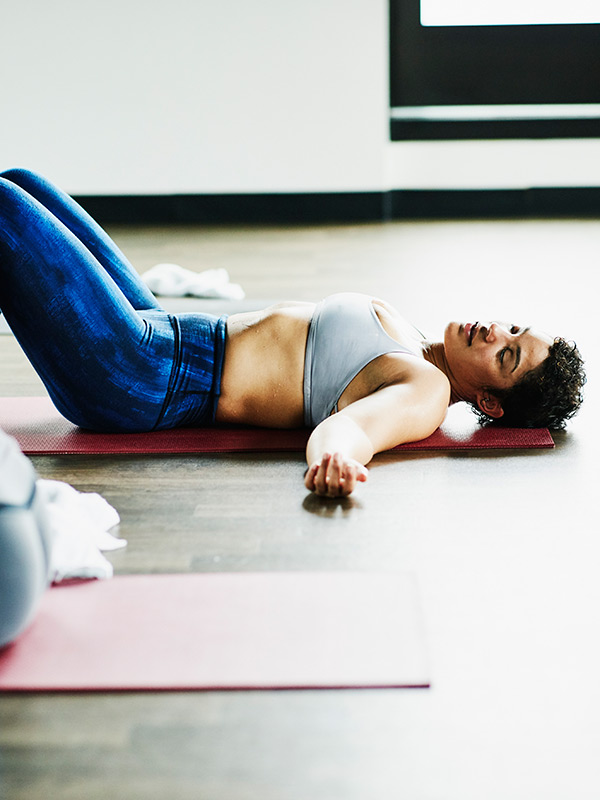
What it focuses on: During a hot yoga class, Katz explains you'll be in a heated room (about 105º) with 40% humidity. "It improves flexibility and focuses on cardiovascular fitness. It's also excellent for connecting the mind and the body," Murdock says.
Common moves or flows to expect: "We'll be gleefully sweating through a vigorous flow incorporating sun salutations, standing and balancing poses, and inversions," Katz says. "We'll leave our class happy, humble, and with an increase in our metabolism for the next several hours!" Murdock says you'll also do poses like standing deep breathing, Half-Moon pose, Awkward pose, Eagle pose, and Standing Head to Knee pose.
It's good for: "This style is not for everyone, especially if you don't do well in a heated environment," Murdock notes. "There are beginner classes where the room is not as hot. The temperature of a hot yoga class can range from 92º to 105º. Another thing to consider is over-stretching. The heat can make you move deeper, so it's important to move at your own pace and not push beyond your limits."
Kripalu
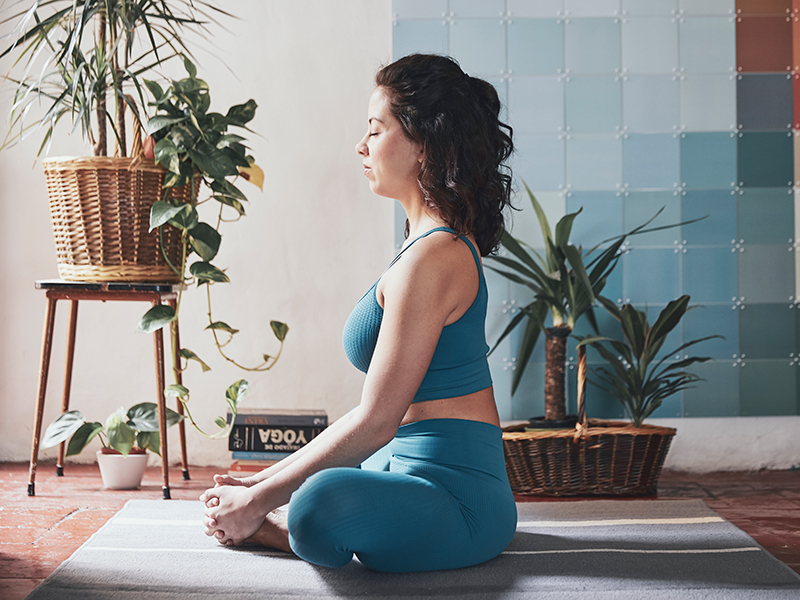
What it focuses on: Kripalu is all about looking inward spiritually. The Kripalu Center for Yoga & Health states, "Rather than strive to perfect the mechanics of a pose, Kripalu yoga uses postures and other yogic techniques to reveal the true nature of who we are."
Common moves or flows to expect: You'll do asanas, breathing exercises, and meditation during a class.
It's good for: Because it's a gentle practice, it's good for beginners and also intermediate and advanced yogis.
Jivamukti
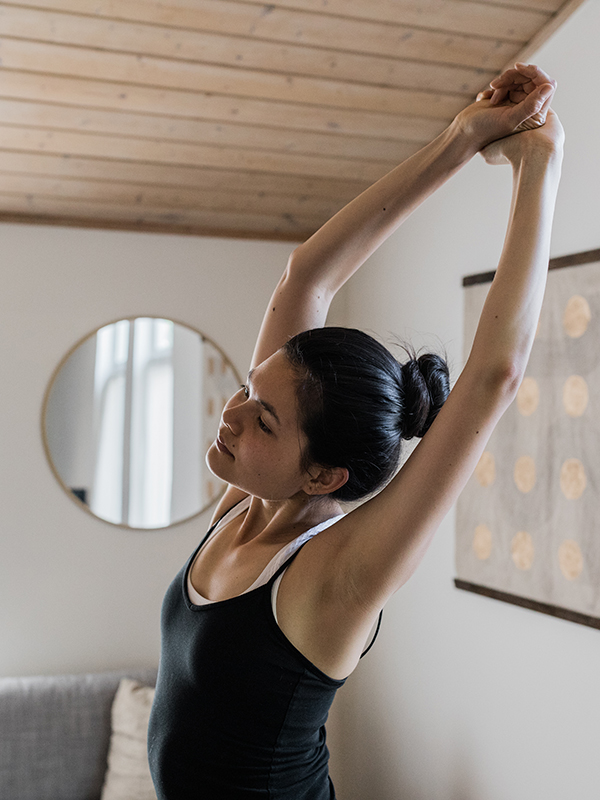
What it focuses on: "'Enlightenment through compassion' is the philosophy behind Jivamukti yoga," says Katz. "It is a physical, ethical, and spiritual practice, combining a vigorous vinyasa-based yoga with adherence to five central tenets: Shastra (scripture), bhakti (devotion), ahimsā (nonviolence, non-harming), nāda (music), and dhyana (meditation)." Murdock says it also includes meditation and chanting for an intellectually stimulating practice.
Common moves or flows to expect: "We'll collectively breathe, dance, and flow vinyasa-style to amazing music in our Jivamukti yoga class," Katz says. "We'll leave our class inspired, empowered, and with a deeper understanding of compassion." Other poses to expect include Dancing Shiva pose, Bow pose, Peacock pose, and Hero pose, adds Murdock
It's good for: "Classes are intense, so you will definitely walk away with a sweat due to the internal heat generated by your body," Murdock explains. "With that being said, you should definitely go at your own pace to avoid exhaustion."
Restorative
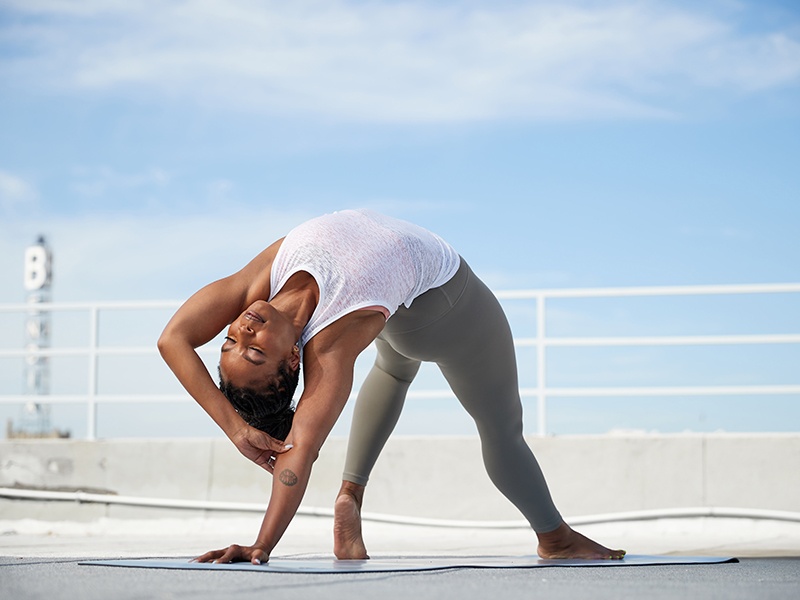
What it focuses on: "Restorative yoga is a great way to reset, recharge, and restore the body and mind," says Chelsea Jackson Roberts, Ph.D., Global Ambassador at Lululemon. "I love this particular practice because it gives me permission to rest and to be held and gives me space to listen to what my body needs. The practice of restorative yoga focuses specifically on the restoration of your body, and because life is busy and has so many moving parts, I welcome a restorative yoga with open arms."
Common moves or flows to expect: "Movement-wise, expect spinal twists to help relieve stress and supported forward folds to lower the heart rate if you are feeling anxious," Jackson Roberts says. "Be prepared to move in a way that supports you to arrive to the most relaxed state possible. When I practice restorative yoga, I often use bolsters for support, blocks for elevation, and supported inclines." If you're practicing at home, Jackson Roberts has a few YouTube videos for guidance.
It's good for: "I recommend restorative yoga for every single human who can breathe," Jackson says. "This practice is perfect for beginners and advanced practitioners because we all deserve to rest. It can be challenging for most humans to move slowly, and restorative yoga requires you to moves at a very slow pace."
Anusara

What it focuses on: "This 'flowing with grace' style of yoga focuses on experiencing bliss and joy not only in our practice but in our daily lives," says Katz.
Common moves or flows to expect: "Anusara yoga is similar to vinyasa yoga, though with Anusara, teachers guide us on how to align our body, heart, and mind to create balance within, and the asanas will be held for a longer period of time and taught at a slower pace," Katz says. "We'll leave our class with our hearts wide open and our inner grace shining through." Murdock adds that there are over 250 poses for this style of yoga, but no set postural routines. And most classes will end with meditation and relaxation.
It's good for: All levels.
Kundalini
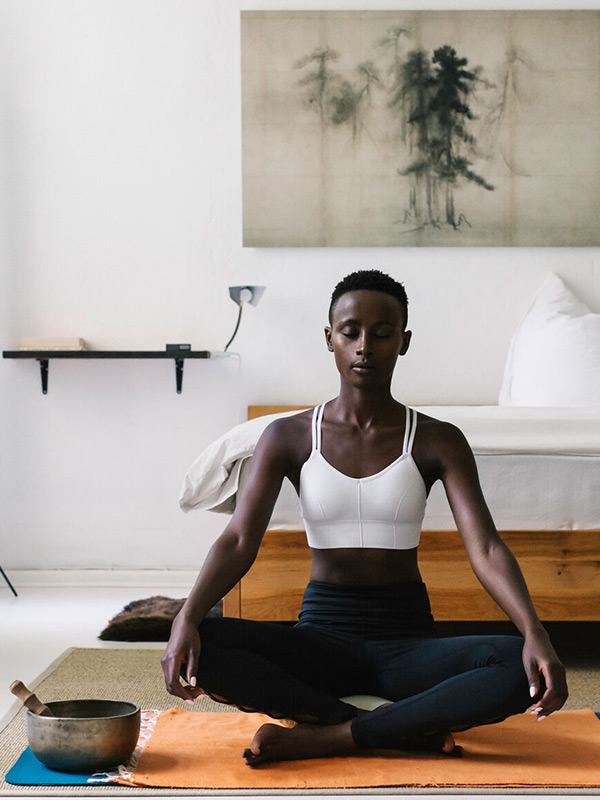
What it focuses on: Murdock says Kundalini focuses on what's happening on the inside and the kind of energy you're feeling in your heart. "It's an inspiring blend of spiritual and physical practices incorporating movement, pranayama (breathwork), meditation, and chanting of mantras," Katz says. "Having a Kundalini practice will increase your vitality and consciousness."
Common moves or flows to expect: "The asana in a Kundalini yoga class is similar to a hatha yoga experience, but unlike hatha yoga, Kundalini teachers will incorporate mantras and pranayama with physical poses," Katz explains. "We build tremendous internal prana (life force) when we practice this fabulous form of yoga. You'll leave class with a deeper connection to Mother Earth, high on your own prana, and hungry!"
It's good for: All levels.
Power

What it focuses on: "Power yoga incorporates the athleticism of Ashtanga, performed with speed and involves rapid body movements," says Murdock.
Common moves or flows to expect: "Small Dog to Plank, Downward Dog to Half Plank variation and squats are some of the challenging moves you will find in a class," Murdock adds.
It's good for: It's better for intermediate and advanced yogis, but if you're a beginner, you might be able to make some modifications.
Aerial
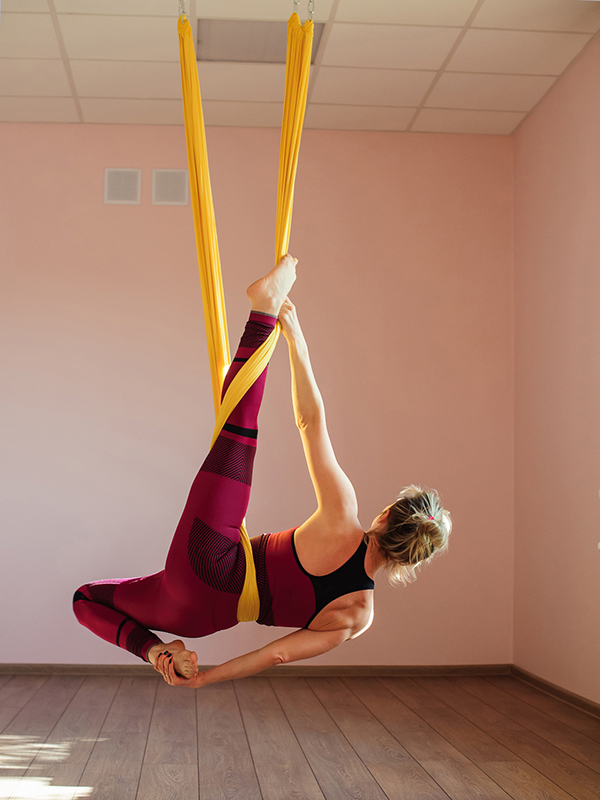
What it focuses on: "Aerial yoga combines traditional yoga, Pilates, and dance with the use of a hammock," Murdock says. And Katz says that it's an excellent bodyweight cross-training exercise that can improve your flexibility and stamina, decompress the spine, and increase core strength and balance.
Common moves or flows to expect: Murdock says you can expect Inverted Pigeon, Anti-Gravity Warrior pose, Aerial Split pose, and Inverted Boat pose in an aerial class.
It's good for: "Beginners are often required to take a beginner's class; there is a ton of individualized attention because the classes are a smaller size," Murdock explains. "This makes it comfortable for all participants."
Next up: This Is What Happens to Your Body When You Do Yoga for 30 Days Straight
This article is provided for informational purposes only and is not intended to be used in the place of advice of your physician or other medical professionals. You should always consult with your doctor or healthcare provider first with any health-related questions.
Sarah is lifestyle writer and editor with over 10 years of experience covering health and wellness, interior design, food, beauty, and tech. Born and raised in Los Angeles, she attended New York University and lived in New York for 12 years before returning to L.A. in 2019. In addition to her work at Who What Wear, she held editor roles at Apartment Therapy, Real Simple, House Beautiful, Elle Decor, and The Bump (sister site of The Knot). She has a passion for health and wellness, but she especially loves writing about mental health. Her self-care routine consists of five things: a good workout, “me” time on the regular, an intriguing book/podcast/playlist to unwind after a long day, naps, and decorating her home.
-
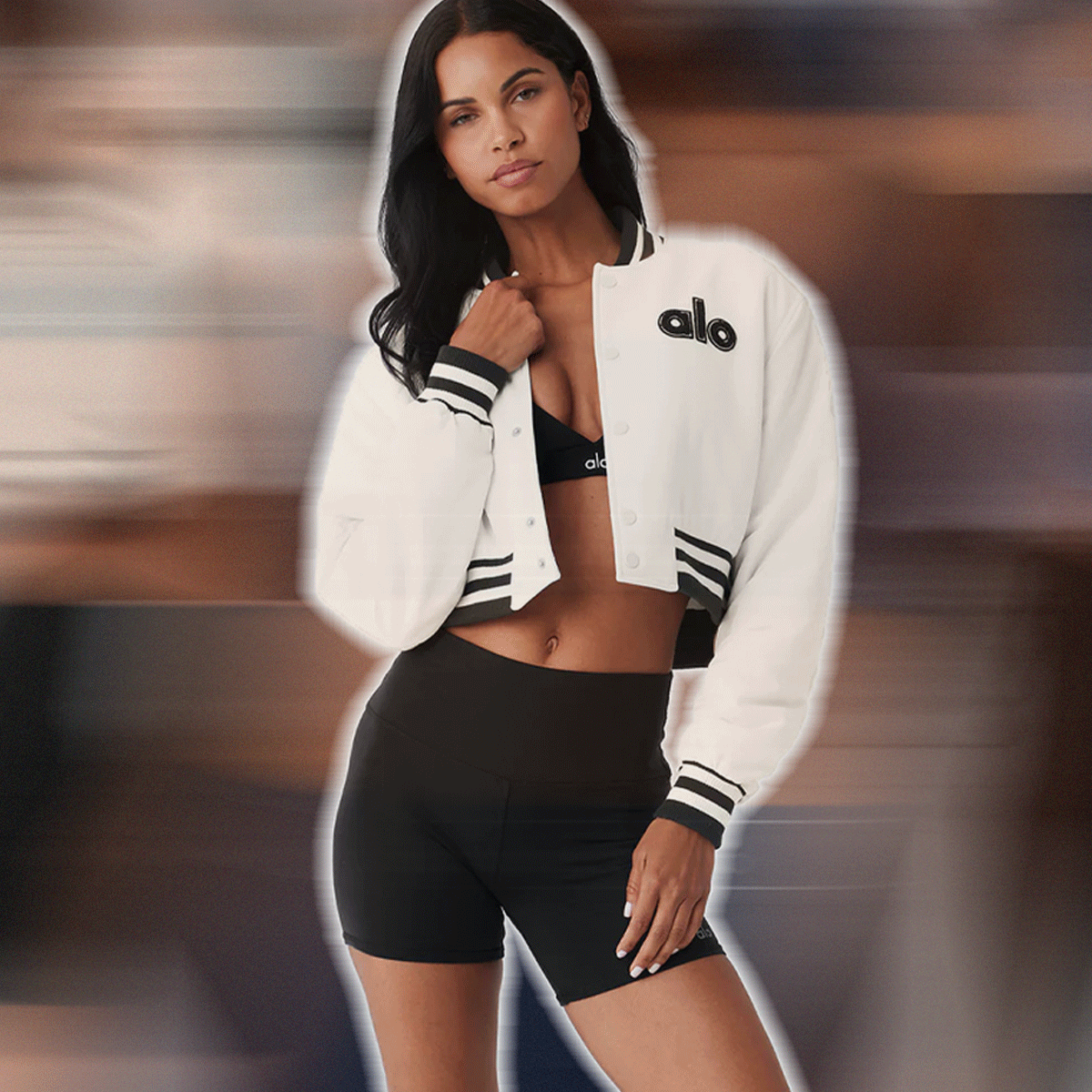 NGL, I Always Get Compliments When I Wear This Brand to My Workout Classes
NGL, I Always Get Compliments When I Wear This Brand to My Workout ClassesYou just have to see the new collection.
-
 I Live for Yoga and Pilates—These Are the Pieces That Help My Flow
I Live for Yoga and Pilates—These Are the Pieces That Help My FlowTake notes.
-
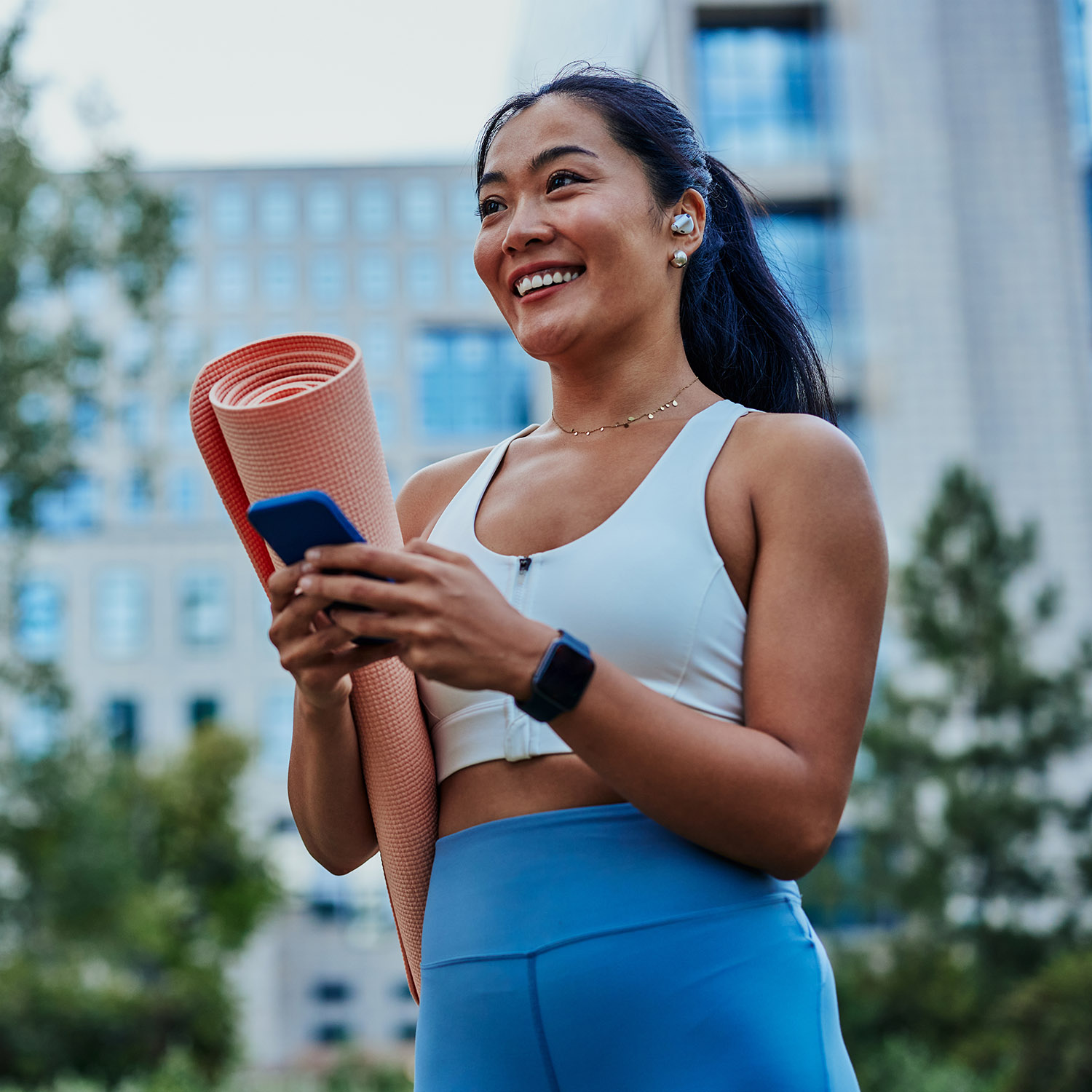 The Buzzy Activewear Trend You'll Want to Try for Your Next Yoga Class
The Buzzy Activewear Trend You'll Want to Try for Your Next Yoga ClassIt's back.
-
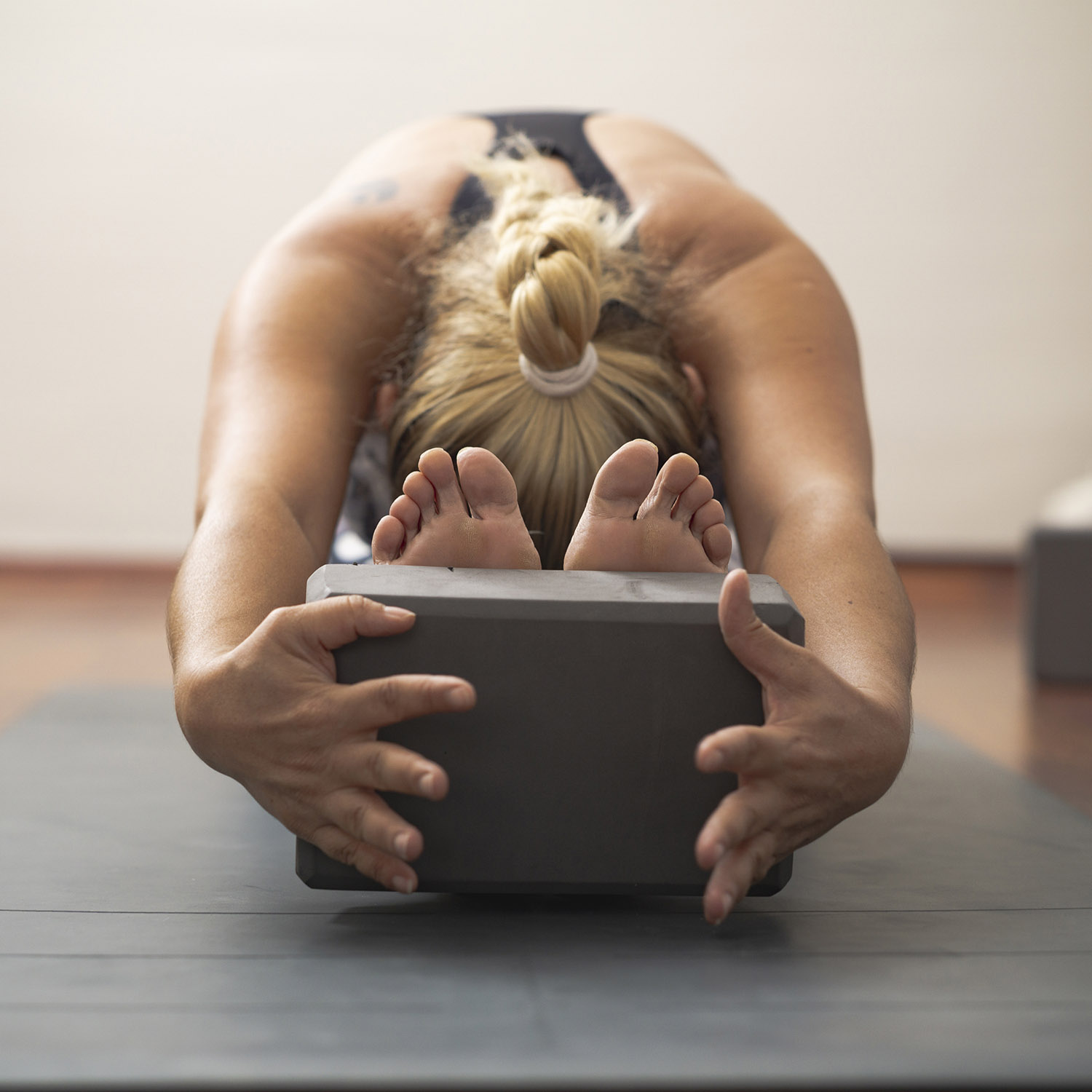 The Accessory That Will Level Up Your Yoga Workouts
The Accessory That Will Level Up Your Yoga WorkoutsThey're great for balance and stability.
-
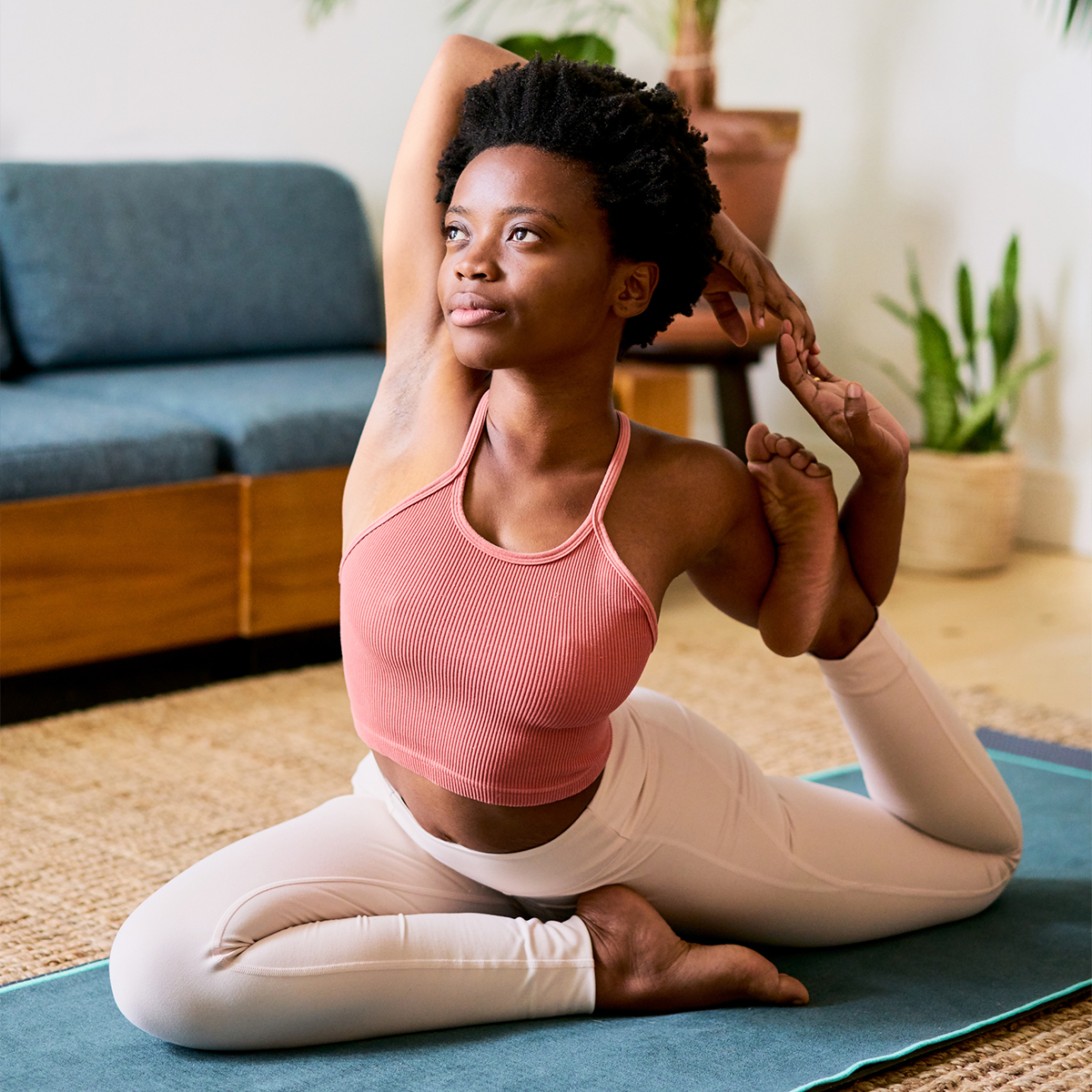 Yoga Versus Pilates: How to Figure Out Which Workout Is Better for You
Yoga Versus Pilates: How to Figure Out Which Workout Is Better for YouIt all comes down to movement.
-
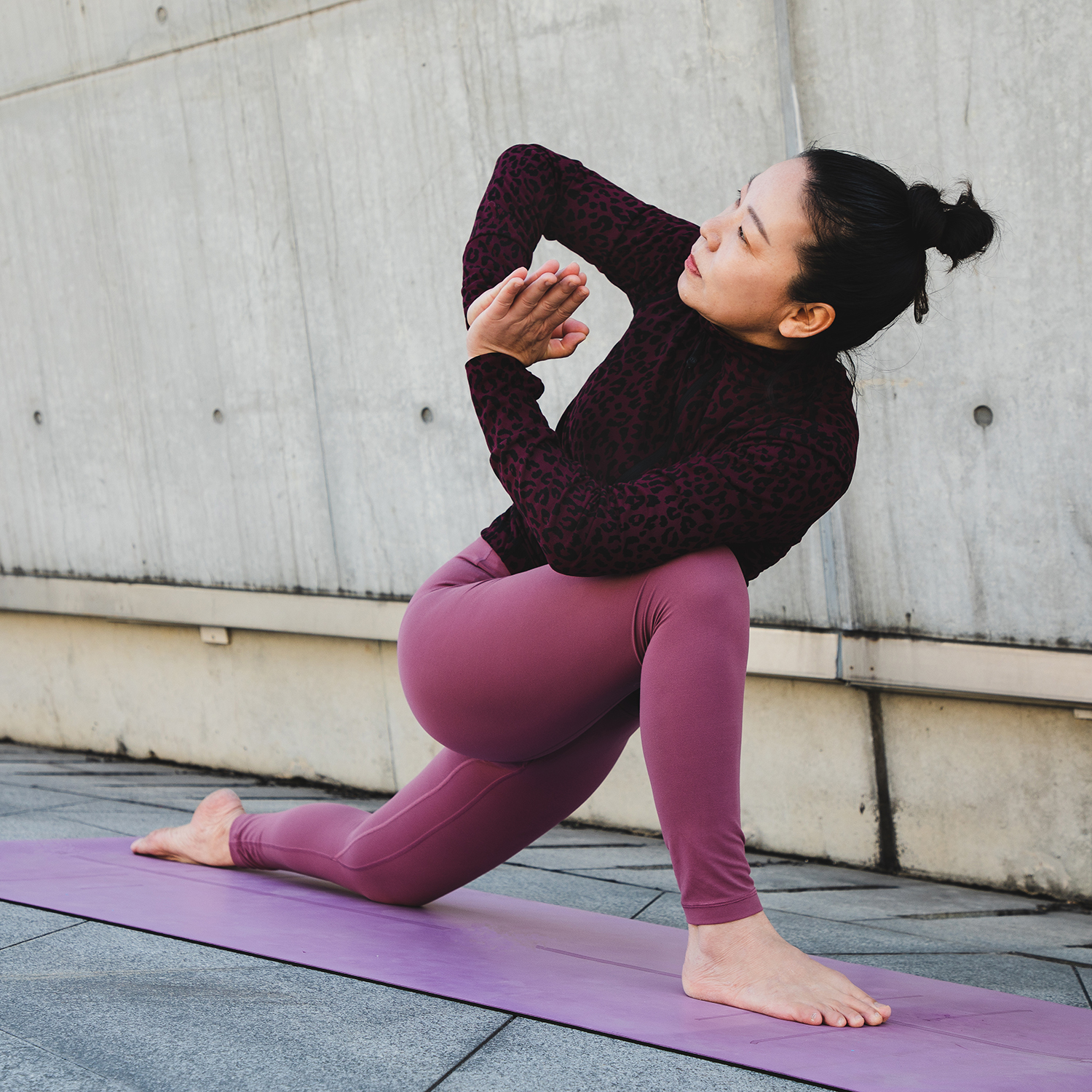 7 Basic Yoga Poses That You Probably Should Know
7 Basic Yoga Poses That You Probably Should KnowGuaranteed you'll be doing them in class.
-
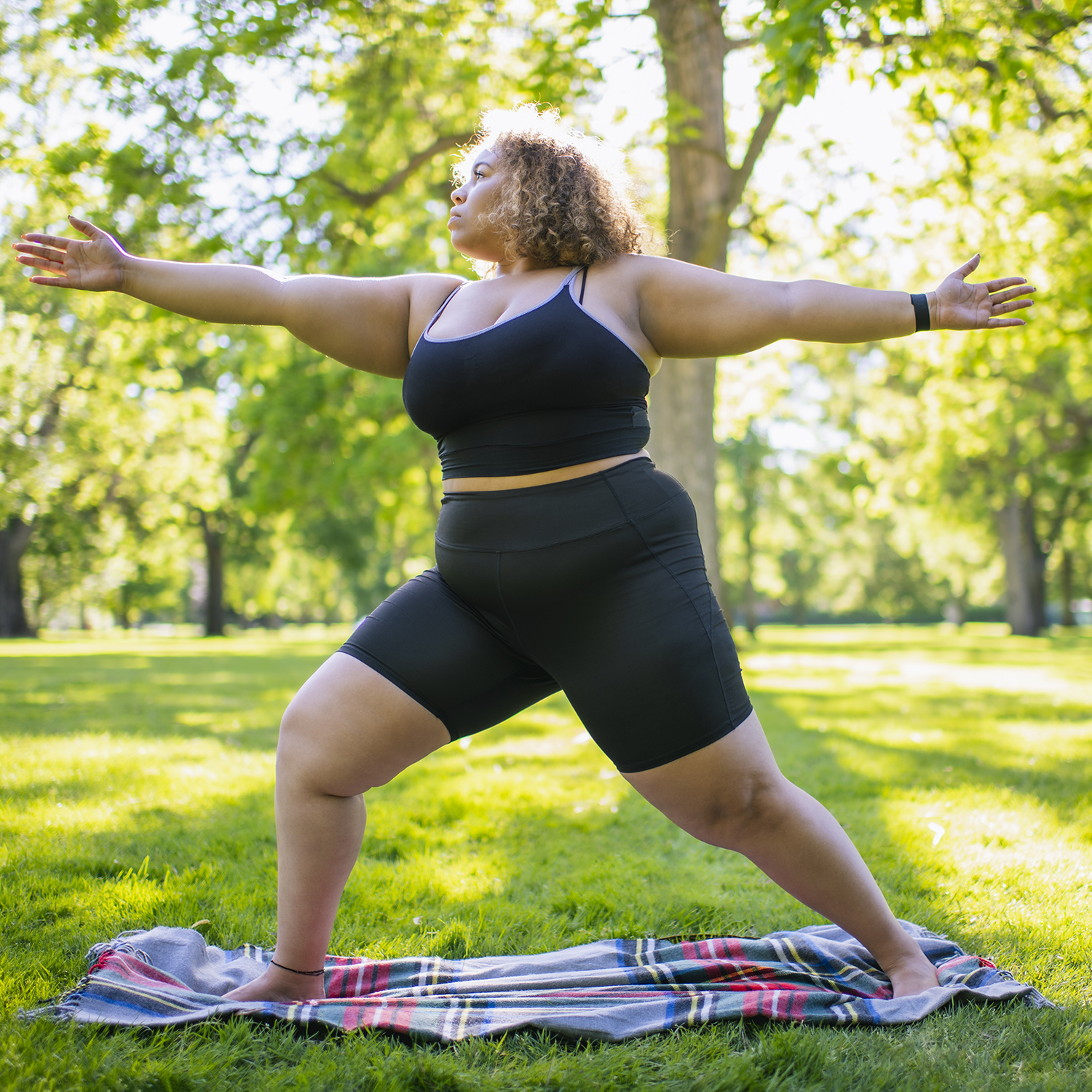 15 Yoga Shorts That Will Make You Rethink Your Usual Leggings
15 Yoga Shorts That Will Make You Rethink Your Usual LeggingsThey're so comfortable.
-
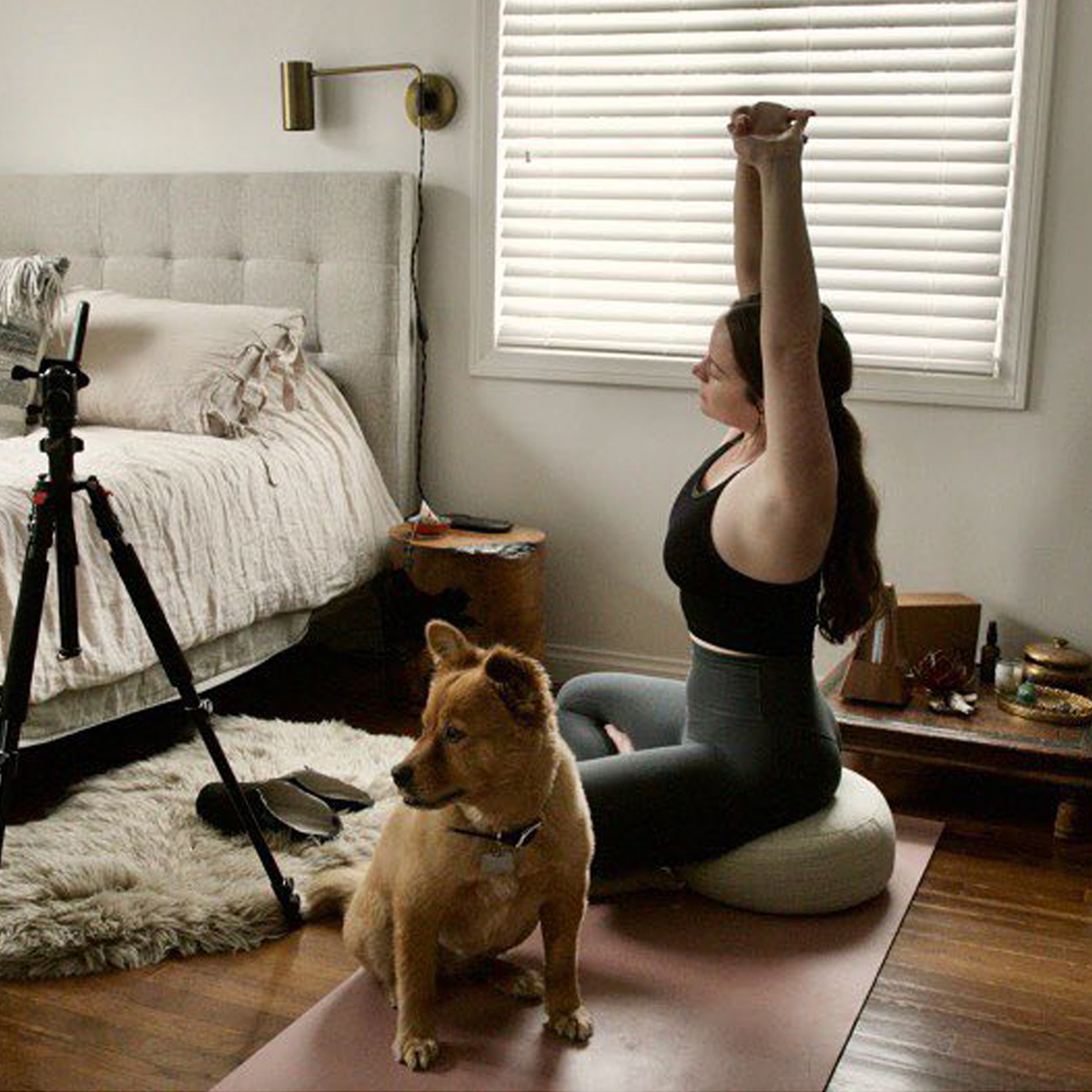 These Relaxing Yoga Poses May Actually Help You Fall Asleep Tonight
These Relaxing Yoga Poses May Actually Help You Fall Asleep TonightBreathe in, breathe out, and set your phone to airplane mode.
